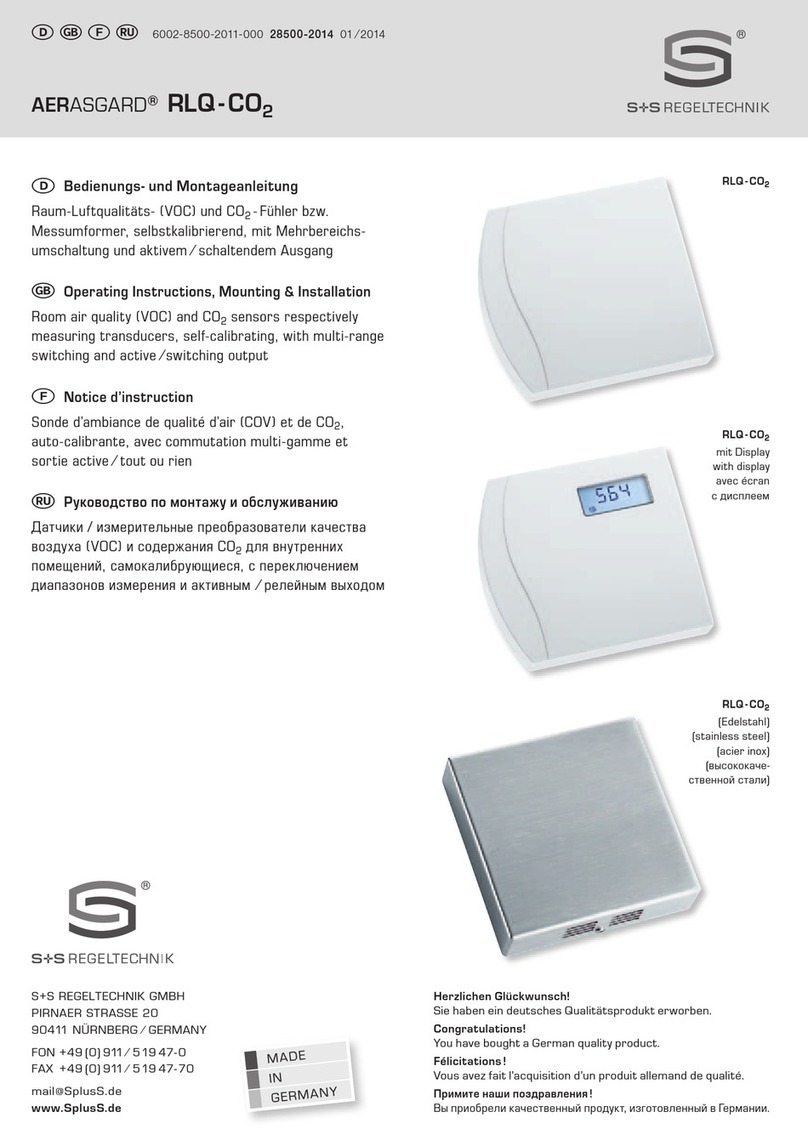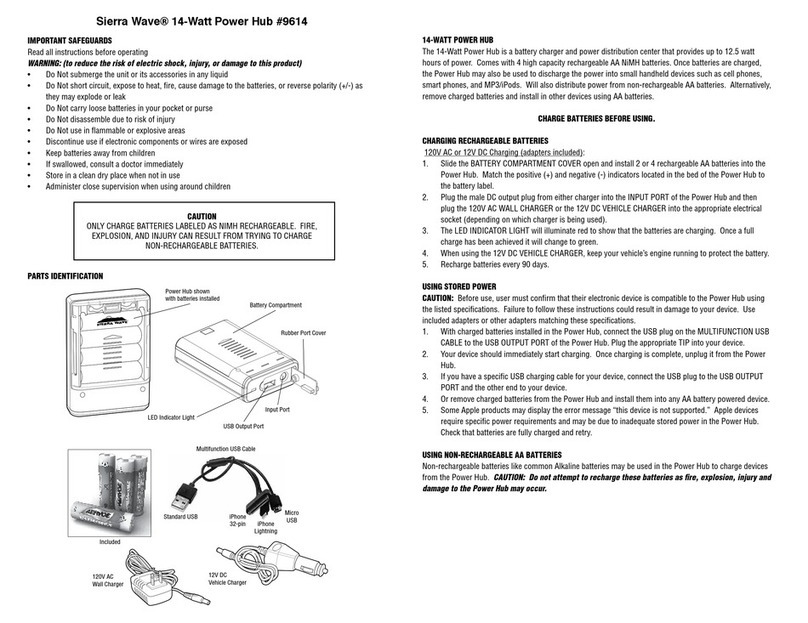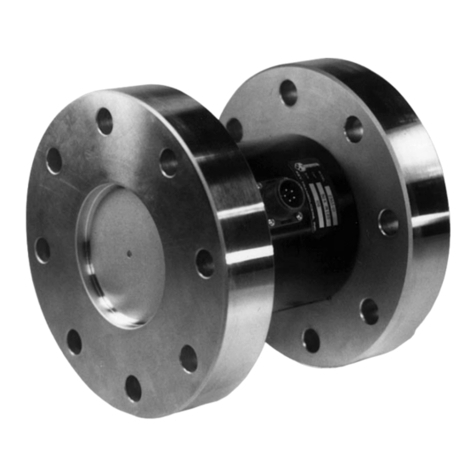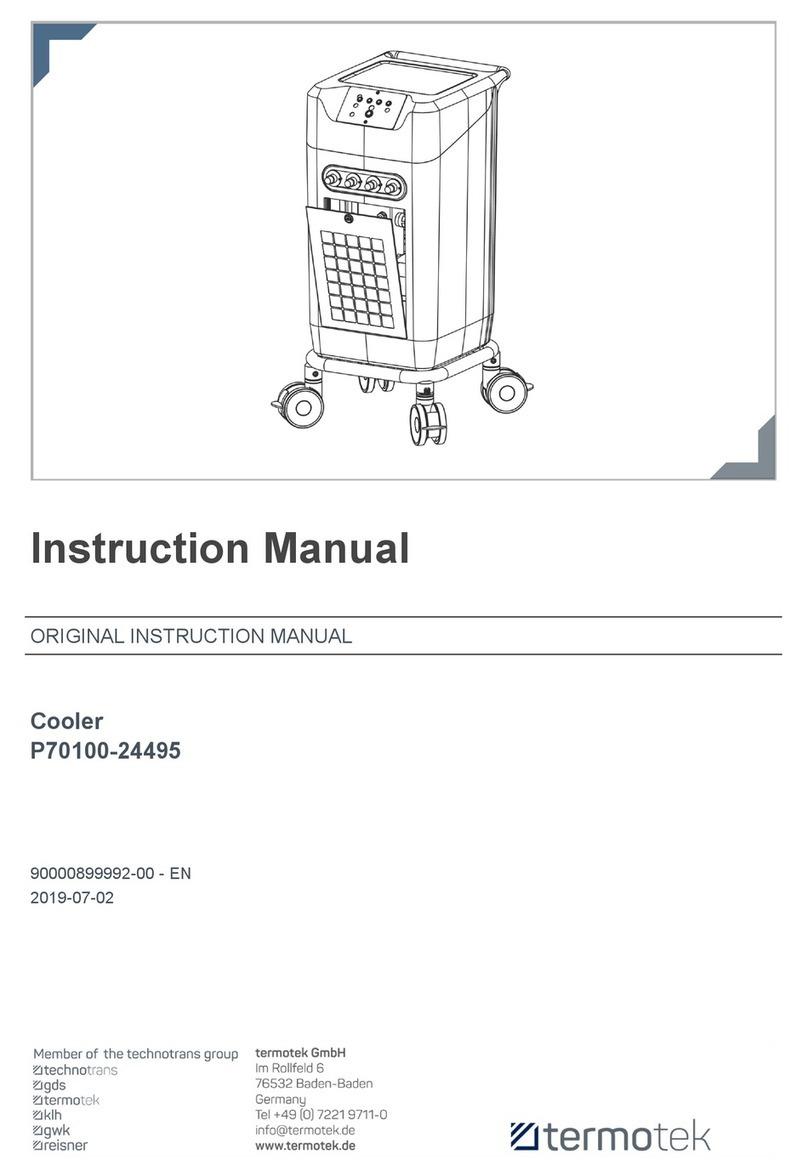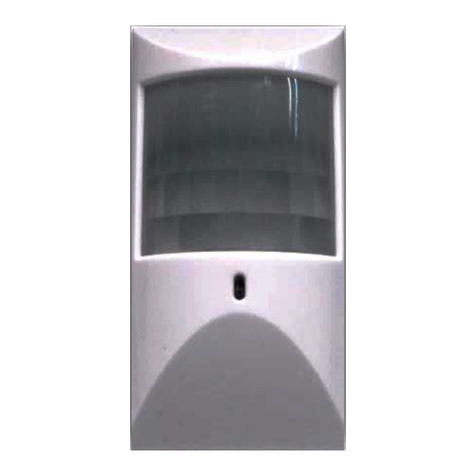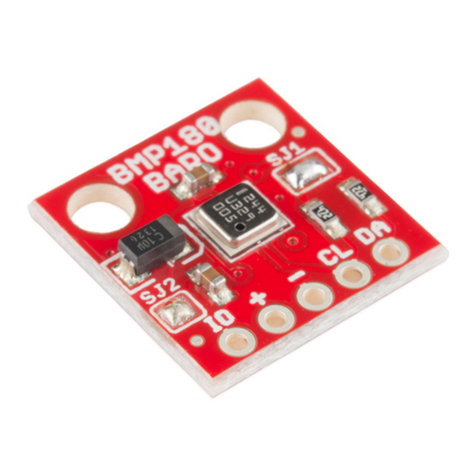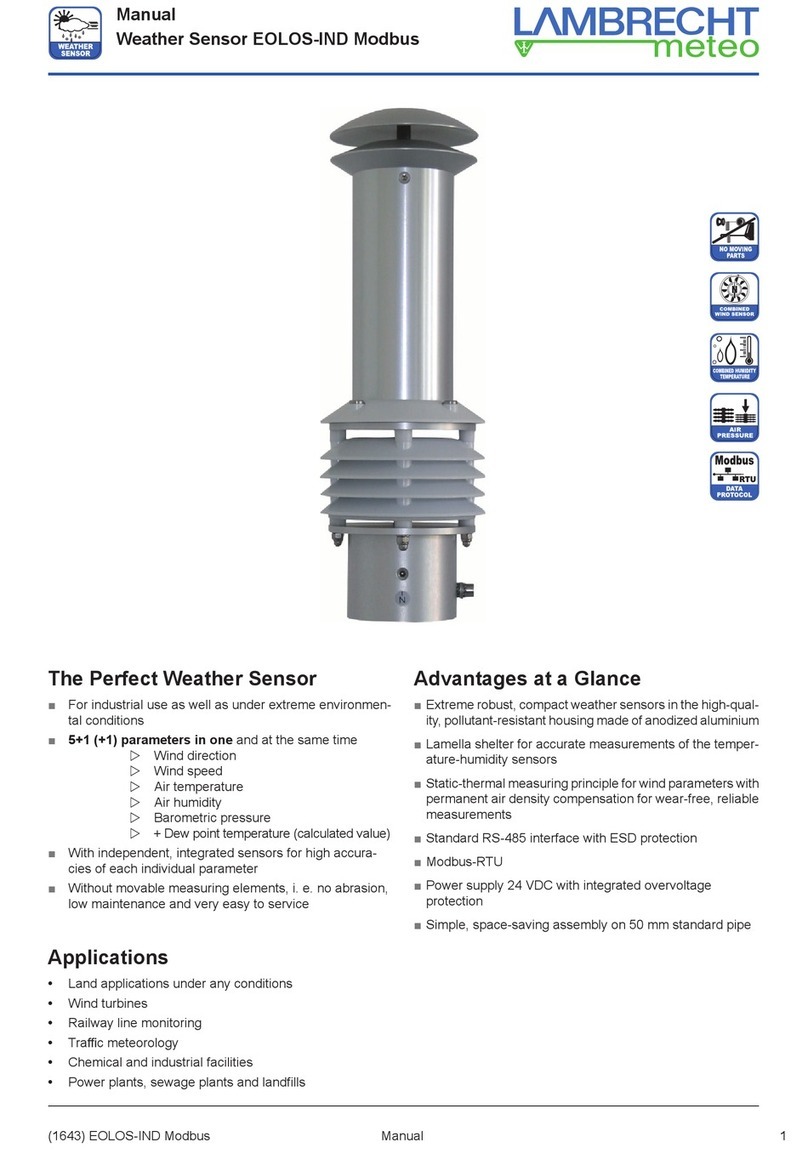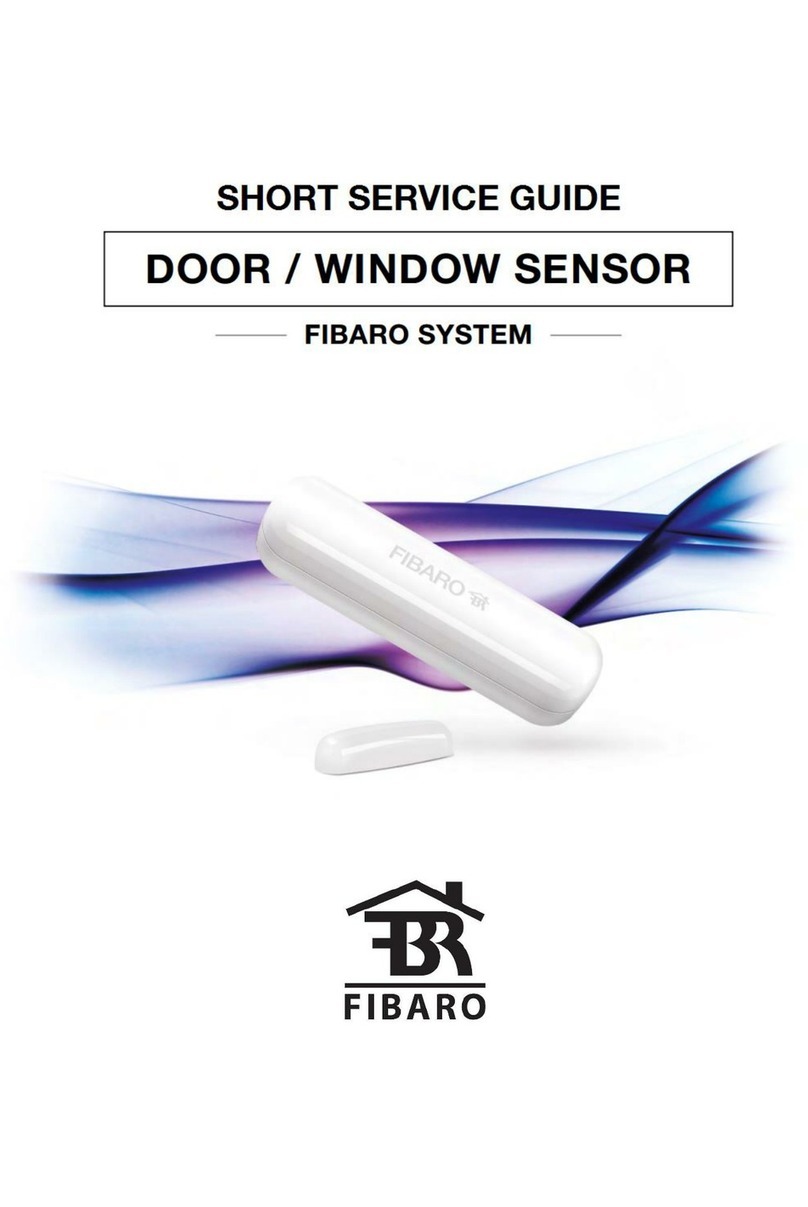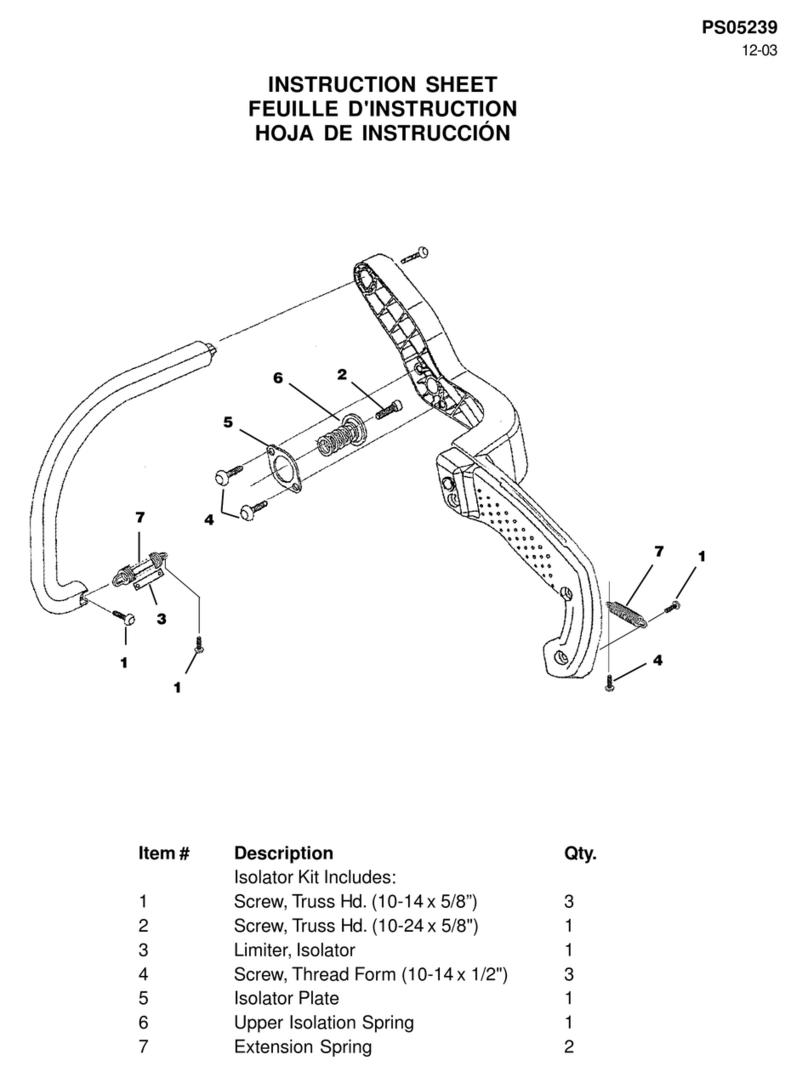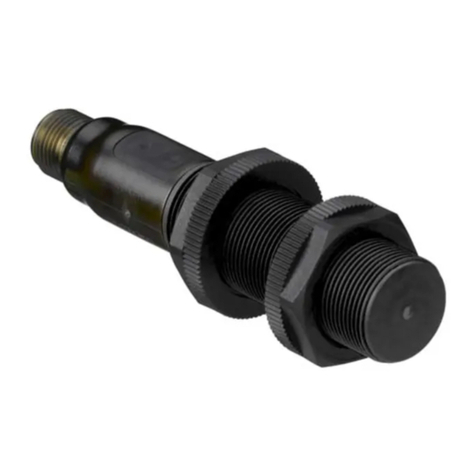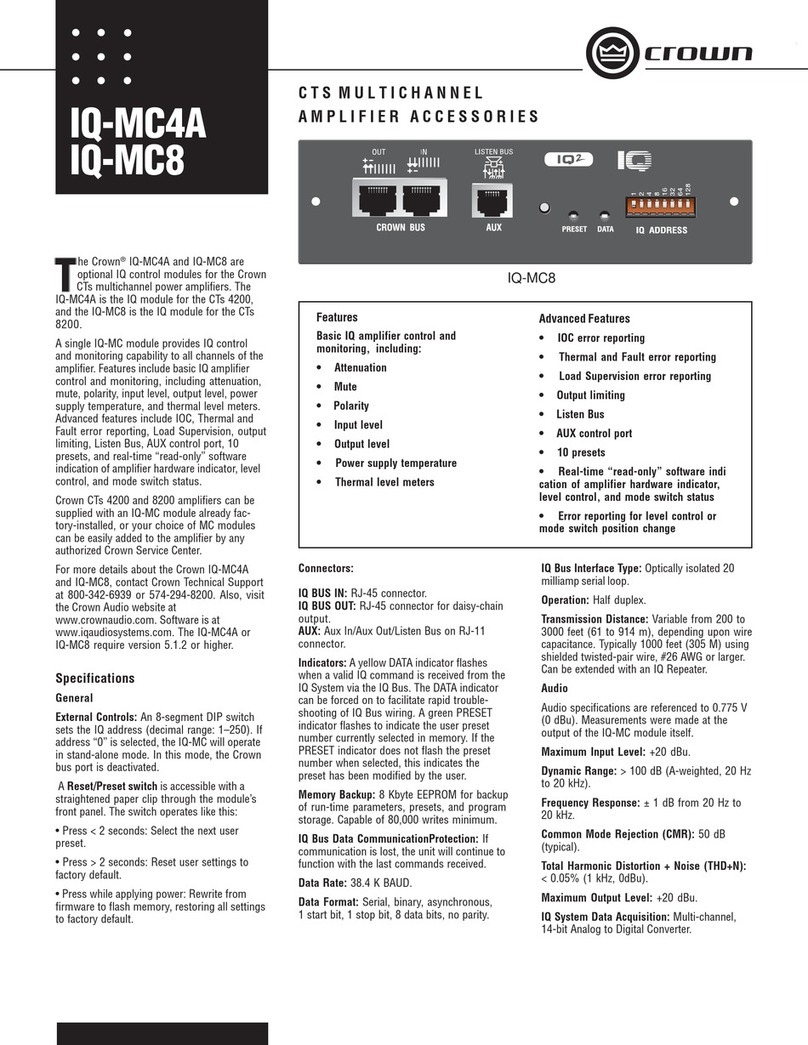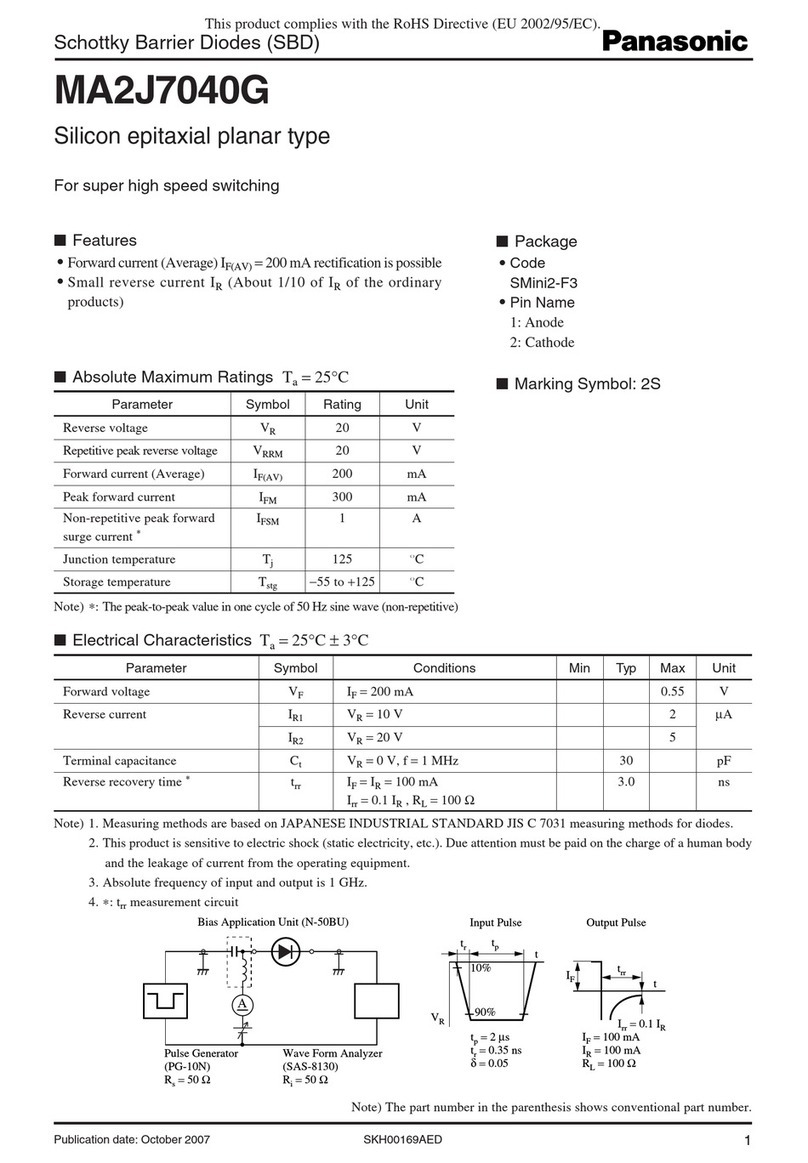© Allegion 2017
47259489 Rev 12/17-a
Customer Service
For details regarding the limited warranty:
1-877-671-7011 www.allegion.com/us
The EMS-100 is designed for use on request-to-exit applications with maglocks and electric strikes. This sensor is not an automatic door
activation sensor. It is a request to exit sensor used to release a lock.The unit is a passive infrared detector that uses digital signature
analysis for activation. The EMS-100 is not recommended for activation on pedestrian automatic doors because the passive infrared
technology recognizes temperature changes (i.e. body temperature) for detection. As such, the EMS-100 will not recognize motion
associated with inanimate objects such as hospital beds, gurneys, shopping carts, etc.
The key advantages of the EMS-100 are fast detection, adjustable sensing fields, and no false detection from inanimate objects.
EMS-100 Series
Exit motion sensor Instruction
Technical Specifications
Product Description
Component ID
Description Specification
Technology Passive infrared with microprocessor
Mounting Height - Variable 10’-0” max. (Recommended 6’-6” to 8’-0” )
Mounting Angles 0 to 180°
Power Supply 12-24 VAC –10/+10% (50/60Hz)
12-24 VDC –10/+30%
Current Consumption <10 mA (20mA if the relay output is activated)
Contact Rating (Output Relay) 1 A/ 75 VDC or 50 VAC Potential free contact NO/NC
Optical Characteristics Passive infrared with four elements
15 Fresnel lenses with full independent masking possibilities
Warm-up Time 10 seconds
Response Time Max 200 microseconds
Relay Hold Time 0.5 or 2 seconds
Operating Temperature -22°F to +140°F (-30°C to +55°C)
Immunity Immune to electrical and radio frequency interference
Cable 9 feet of four-conductor cable with 5-pin connector
Weight 1.4 oz. (40g)
Dimensions:
Sensor 4”L (100 mm.) x 1”H (25 mm.) x 1.8”W (45 mm.)
Housing Color Black
OPTIONAL ACCESSORIES:
Ceiling Adapter
Surface Adapter
SENSOR AND

